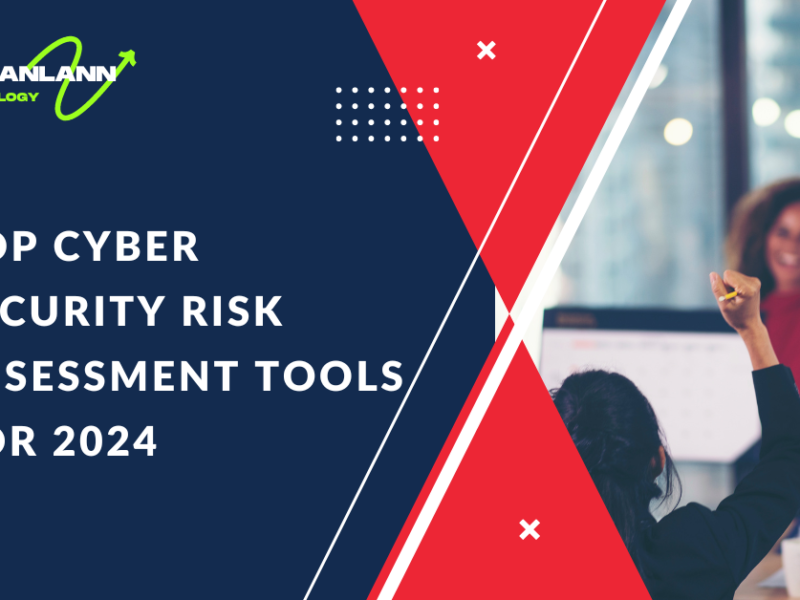In an increasingly digital world, cyber security risk management has become a fundamental aspect of organizational strategy. With the proliferation of sophisticated cyber threats and the growing reliance on technology, managing cyber risks is essential to safeguarding sensitive information, maintaining business continuity, and protecting an organization’s reputation. This article delves into the importance of cyber security risk management, exploring its key components, benefits, and best practices.

Understanding Cyber Security Risk Management
Cyber security risk management involves identifying, assessing, and mitigating risks associated with cyber threats. It is a proactive approach designed to protect an organization’s digital assets from potential harm, ensuring that appropriate measures are in place to address vulnerabilities and respond to incidents effectively.
Key Components of Cyber Security Risk Management:
Risk Identification
Identifying potential cyber risks is the first step in risk management. This involves understanding the assets that need protection, such as sensitive data, intellectual property, and IT infrastructure. Organizations must recognize various types of threats, including malware, phishing attacks, ransomware, and insider threats.
Risk Assessment
Once risks are identified, assessing their potential impact and likelihood is crucial. Risk assessment involves evaluating the severity of potential threats, the vulnerabilities that could be exploited, and the consequences of a successful attack. This process helps prioritize risks based on their potential impact on the organization.
Risk Mitigation
Mitigation strategies aim to reduce the likelihood and impact of identified risks. This includes implementing security controls, such as firewalls, encryption, access management, and regular software updates. Risk mitigation also involves developing policies and procedures to address potential vulnerabilities and ensure a robust security posture.
Risk Monitoring
Continuous monitoring is essential to ensure that security measures remain effective and up-to-date. This involves tracking network activity, analyzing security incidents, and staying informed about emerging threats. Regular monitoring helps organizations detect and respond to new risks in a timely manner.
Incident Response
Despite the best preventive measures, incidents may still occur. An effective incident response plan outlines procedures for managing and mitigating the impact of security breaches. This includes identifying the source of the attack, containing the breach, recovering affected systems, and communicating with stakeholders.
The Benefits of Cyber Security Risk Management
Protection of Sensitive Data
Effective risk management safeguards sensitive data, such as personal information, financial records, and proprietary business information. By identifying and addressing potential threats, organizations can prevent unauthorized access and data breaches.
Business Continuity
Cyber security risk management helps ensure that critical business operations continue uninterrupted even in the event of a cyber incident. By implementing risk mitigation strategies and developing incident response plans, organizations can minimize downtime and maintain operational resilience.
Regulatory Compliance
Many industries are subject to regulatory requirements regarding data protection and cyber security. Effective risk management helps organizations comply with these regulations, avoiding potential legal and financial penalties associated with non-compliance.
Enhanced Reputation
Organizations that demonstrate a commitment to cyber security risk management build trust with customers, partners, and stakeholders. A strong security posture enhances the organization’s reputation and fosters confidence in its ability to protect sensitive information.
Cost Savings
Investing in risk management can lead to significant cost savings by preventing costly data breaches and minimizing the financial impact of cyber incidents. Effective risk management reduces the likelihood of expensive remediation efforts and legal liabilities.
Best Practices for Cyber Security Risk Management
- Conduct Regular Risk Assessments: Regularly assess the organization’s risk profile to identify new threats and vulnerabilities. This includes reviewing and updating security measures based on changes in the threat landscape and evolving business needs.
- Implement a Multi-Layered Security Approach: Employ a combination of security controls, such as firewalls, intrusion detection systems, antivirus software, and encryption, to provide comprehensive protection. A multi-layered approach ensures that multiple defenses are in place to address various types of threats.
- Educate and Train Employees: Employees are a critical line of defense against cyber threats. Provide regular training on security best practices, phishing awareness, and safe online behavior. Empowering employees with knowledge helps reduce the risk of human error and insider threats.
- Develop and Test an Incident Response Plan: Create a detailed incident response plan outlining procedures for managing security breaches. Regularly test and update the plan to ensure its effectiveness and readiness in the event of a real incident.
- Stay Informed About Emerging Threats: Continuously monitor the threat landscape and stay informed about new vulnerabilities and attack techniques. Subscribing to threat intelligence feeds and participating in industry forums can provide valuable insights and early warnings about emerging threats.
- Ensure Data Backup and Recovery: Implement regular data backup procedures to ensure that critical information can be restored in the event of a cyber attack. Test backup and recovery processes to verify their effectiveness and minimize data loss.
Conclusion
Cyber security risk management is a vital component of any organization’s strategy to protect its digital assets and maintain business continuity. By identifying, assessing, and mitigating cyber risks, organizations can safeguard sensitive information, ensure regulatory compliance, and enhance their overall security posture. Implementing best practices, such as regular risk assessments, multi-layered security, employee training, and incident response planning, can help organizations effectively manage cyber risks and respond to emerging threats. In today’s digital landscape, a proactive and comprehensive approach to cyber security risk management is essential for achieving long-term security and resilience.




Thanks for sharing this article.
Thanks for sharing 💕
Thanks
Hello
Hi